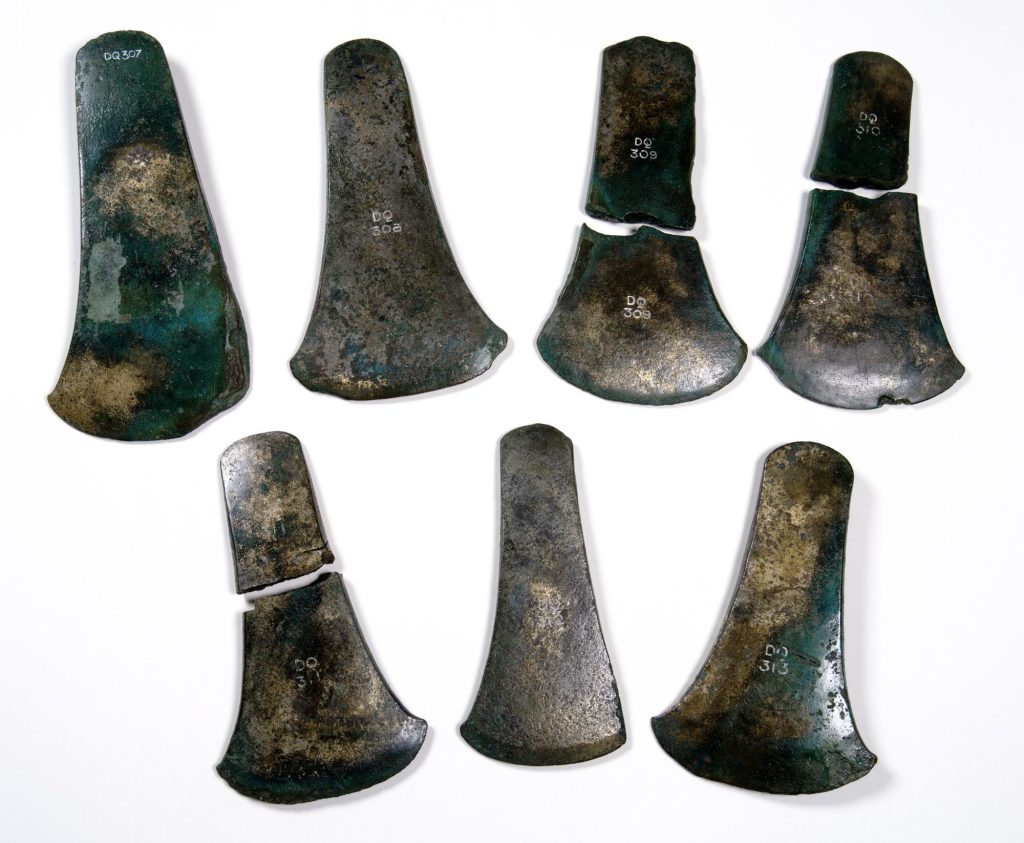Over the last 2 years I have been mentoring Paul Morgan, an A Level Chemistry tutor on his move to tutoring Chemistry online. With Paul being based in Burnley and me in London, we are still yet to meet in person. We have been meeting on a video call every week which serves as part staffroom and part CPD. We discuss a range of things from the business side of tutoring, teaching techniques online and more recently I have been his test pupil for the Chemistry teaching videos he records while we are on a call. So in effect we are on a video call, an interactive canvas and online video recording studio.
I teach up to GCSE Chemistry and Paul being an A Level Chemistry specialist, I have learnt a lot from him. Particularly how what I am doing at GCSE and earlier stages links up with what comes up at A level. Always keeping a long term view of learning Chemistry and making sure that things are taught correctly the first time round in the learning journey. I did A Level Chemistry and did research in a multi-disciplinary Tribology lab at Imperial College. So Chemistry has always been of interest to me.
One of the great things about using interactive online whiteboard Bitpaper (disclaimer : I work for them as their social media rep) is that you can build a whole bunch of filled shapes. Both the tutor and tutee can move these shapes around. For maths teaching this has been excellent since I have made my own two coloured counters, algebra tiles and cuisenaire rods. A tutee can be thousands of miles away from me yet both tutor and tutee can move the manipulatives around on screen as if we they were on the same table.
I have started to use virtual counters in teaching Chemistry as well now. In Chemistry students may use ball and stick manipulatives at school to understand the basic formation of molecules, the relative arrangement of atoms in space in that molecule, bond breaking and bond breaking etc. Quite a lot of that movement and playing with things can be replicated online.
We have created a series of videos to show exactly this. This first video is the very first one that introduces virtual manipulatives. Some things to note:
- The atoms sizes are relatively in proportion to each other approximately.
- The subscript symbolism of what the molecule represents with a pictorial representation of the molecule needs to be explicitly practiced by students.
- Embedding what monoatomic and diatomic means using a pictorial representation.
- Common misconceptions are addressed using non-examples. For example, while Methane’s molecular formula is written with Carbon first and Hydrogen with a subscript of 4, that does not mean that the molecular representation has a carbon atom, followed by four Hydrogen ones in a row.
- The whole process of forming a molecule from atoms is then animated by the tutee once they have manually formed the molecules. This is done while I keep silence. Silence from the tutor is key to reduce cognitive load on the tutees while they discover and make these molecules.
I have tested this with a number of pupils now online and Paul has started using it with his tutees as well. It has been really useful for me to consult Paul and together we are creating this new way of working with manipulatives for Chemistry when teaching online. Please do let us know in comments or on twitter/Facebook what you think of this.
